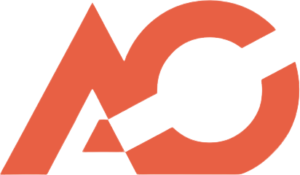Today I implemented a sophisticated late clock-in modifier system along with clear status indicators that provide immediate visual feedback about employee punctuality. This enhancement gives organizations flexible control over how tardiness is defined and displayed throughout the system.
I began by designing the database schema for the late modifier settings. This required creating a new configuration table that stores organization-specific thresholds for different tardiness levels. The schema supports multiple threshold tiers (e.g., slightly late, moderately late, significantly late) with different visual indicators and consequences for each tier. These thresholds can be configured globally for an organization or separately for different departments or positions.
Next, I built the administrative interface that allows managers to configure these late modifiers. The interface provides intuitive controls for setting time thresholds (e.g., 5 minutes, 15 minutes, 30 minutes) along with color pickers and status label customization. This gives organizations the flexibility to align the system with their specific attendance policies—some might have strict punctuality requirements while others might allow greater flexibility.
The core logic implementation was particularly challenging as it needed to handle various edge cases. I created a time difference calculation service that accurately determines lateness considering factors like:
- Shifts that span midnight
- Different grace periods for different shifts or departments
- Special exemptions for certain conditions (like documented transportation issues)
- Adjustments for clock-in locations that might have different access times
For the status indicators, I implemented a comprehensive visual system that appears consistently across different interfaces:
- In the calendar view, shifts now display with color-coded indicators showing attendance status
- In employee listings, punctuality statistics appear with appropriate visual cues
- In reporting dashboards, attendance patterns are highlighted with consistent color coding
I also built a real-time evaluation system that updates these status indicators immediately when employees clock in. This required implementing WebSocket connections that push updates to all relevant user interfaces when attendance events occur, ensuring managers always see the current status without needing to refresh their screens.
A particularly useful addition was the trend analysis component that identifies patterns in an employee’s attendance over time. The system now automatically flags recurring tardiness issues (e.g., consistently late on Mondays or after holidays) and provides this insight to managers through subtle indicators in the interface. This helps address underlying punctuality issues rather than just flagging individual instances.
I completed the implementation by adding the necessary permissions controls that determine which users can view or modify these tardiness settings and indicators. This ensures that sensitive attendance information is only available to appropriate personnel while still providing employees with feedback about their own punctuality.
By the end of the day, the late clock-in modifier system was fully functional and integrated with both the time tracking and calendar components of our application. This enhancement provides organizations with powerful tools to enforce and monitor attendance policies while giving employees clear feedback about expectations.

